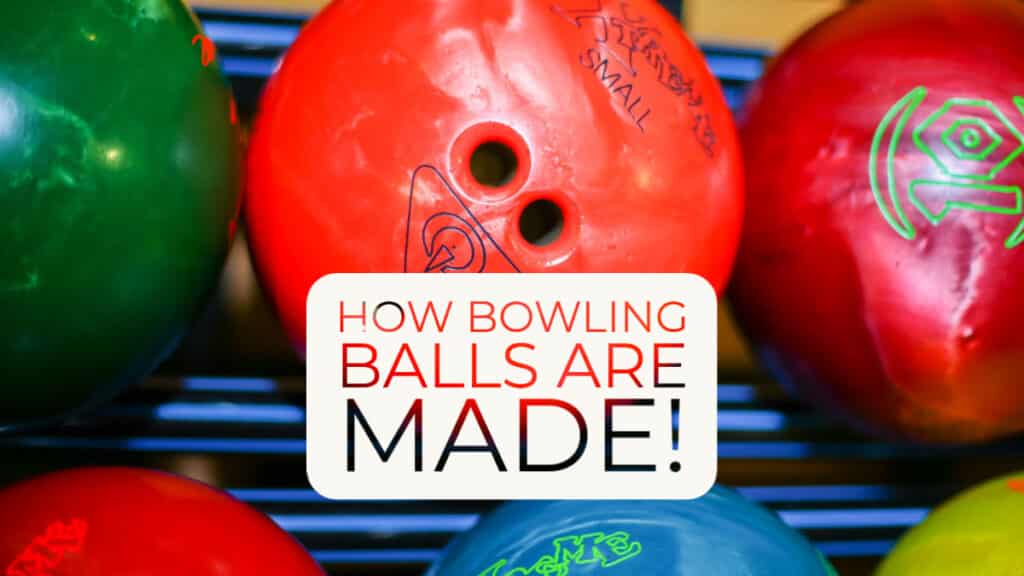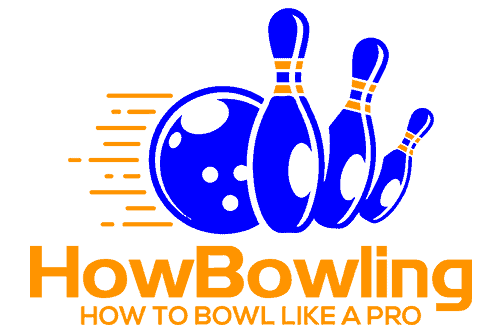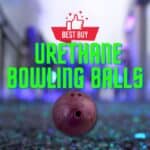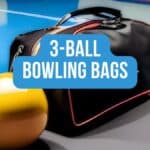If you are a passionate bowling enthusiast, learning about the basics of bowling can be pretty exciting and knowledgeable at times. A trendy thing to know about bowling is the process of manufacturing the bowling ball itself.
Well, you might be wondering, how are bowling balls made? That is precisely what I am here to tell you.
In this article, I will talk about bowling balls, the types of bowling balls being used nowadays, the anatomy of a bowling ball, and how a bowling ball is made in a factory.
So, make sure you read this entire article completely to say that you know how bowling balls are made. It will help you understand where and how to throw the bowling ball to achieve your desired goals.

Types of Bowling Balls
When it comes to the coverstock, there are four different types of materials used nowadays, depending upon the performance requirements and the pin action expectations. So let’s take a brief look at each type to decide which one suits our bowling style the best.
Plastic
The plastic coverstock material on a plastic bowling ball is incredibly smooth and polished. That is why it offers the least friction and hooking ability which means that it is more suited for straight spares than complete strikes because there is no actual hook element associated with the bowling ball.
Urethane
Urethane bowling balls are more durable and rough than plastic coverstock bowling balls. Beginners prefer them because they offer slight hooking potential and a bit of friction that isn’t overpowering and doesn’t seem too much for a bowler who isn’t familiar with the hooking technique.
Reactive Resin
Reactive resin bowling balls have a very rough surface and offer a lot of friction; however, it isn’t very durable. This means that it provides impressive hooking ability and is mainly equipped by professionals because of the greater pin action it offers and is a difficult ball to control usually.
Particle
Particle coverstock is said to behave like a tire in the snow with chains on it. This means that it offers a lot of friction, mostly uncontrollable by beginner bowlers and only suitable for certain lane conditions to be used by professionals because of the excessive hooking ability and pin action.
Anatomy of a Bowling Ball
Before we get into the step-by-step process of how exactly bowling balls are made, we should look at the anatomy of a bowling ball. We will talk about the different layers of a bowling ball and what those layers are made of, so let us take a look.
The Core of the Bowling Ball
The core of the bowling ball, also known as the weight block, is the main element that gives the bowling ball its personality. Due to the asymmetrical placement of the core, the bowling ball can curve into the pins instead of moving straight into there.
The weight block is made of a combination of elements to form Polyester resin, including limestone, silica powder, etc. This core is in the center of the bowling ball, much like the molten lava core of the Earth. If the core is not correct, the bowling ball is not going to work well.
Outer Layer
The second layer of the bowling ball is known as the outer layer. This comes around the weight block and seals the bowling ball core in the middle. This layer is the meat of the bowling ball.
A liquid polymer blend is made with a particular chemical that takes time to set so that the entire weight block is covered before the setting process starts.
Coverstock of the Bowling Ball
The outer layer of the bowling ball is not very smooth. Therefore, a slim material layer is placed outside this layer, known as the bowling ball’s coverstock.
The coverstock, as we have talked about, can be made from different materials. Typical coverstocks in use nowadays include plastic, urethane, reactive resin, and particle, depending upon the action of the bowling ball.
How Bowling Balls Are Made
Now that we know the anatomy of a bowling ball and the different materials it is made of let us look at the complete manufacturing process from raw materials to the creation and usage of the modern bowling ball. Here is a step-by-step guide that takes you through the entire process of bowling ball making.
Choosing the Kind of Bowling Ball
First, the thing that matters the most is what kind of bowling ball is to be manufactured. So we have to choose whether we’re going to manufacture a ten-pin bowling ball or for five-pin bowling.
Then we also have to see which coverstock we’re going to use and the weight requirements of the bowling ball. Typically, all the bowling balls manufactured in bulk in a factory are usually of the same type. Let us take the example of a Urethane bowling ball.
Making the Weight Block
Now that we know what kind of bowling ball is to be manufactured, the process will be initiated. The weight block is an essential part of a bowling ball, as discussed.
This weight block requires a strong material that quickly hardens like polyester resin. In a mold, this liquid is added, and within 2 minutes of adding, the weight block is hardened and can be taken out. After some time, the weight block is in shape to move to the next step very easily.
Drilling the Weight Block and Making the Outer Layer
Once the weight block is in perfect shape, we will start covering it with the outer layer. But, first, we will drill a pin into the bottom of the weight block and place it in a mold.
Then a machine will push it onto the pin to make sure it is centralized and is not dangling on the pin. After that, we are going to start with the plastic polymer pouring for the outer layer.
The outer layer takes more time to settle. However, not very long. Once the outer layer settles, the bowling ball starts to take its shape, but it still has a long way to go to become useable.
Placing the Outer Layer into a Mold and Making the Coverstock
Now that the outer layer has hardened, we will place the outer layer into a third mold to seal it with the coverstock material. The coverstock is a slim and smooth material that you see on the outside of a bowling ball.
It is made of different materials mixed in with many colors and patterns to give each bowling ball a different look and personality. The coverstock sets after a while, and we are left with an unsanded version of a bowling ball that you will be used to knock pins and get strikes.
Sanding and Evening the Bowling Ball
This next step is where this deformed bowling ball shape is turned into a proper bowling ball form. Finally, a sanding machine holds the bowling ball in place and sands it to perfection.
The lumps created due to the excessive space in the mold are evened out using the sanding machine, and the bowling ball is precisely where it needs to be—a perfectly rounded out shape.
Washing and Cleaning the Bowling Ball
After the sanding, the bowling ball will be covered with powder and bits of the sanded material. Each of the bowling balls is going to be washed while simultaneously being cleaned.
The bowling ball will finally be sanded one last time while a continuous flow of water drips from the top, takes care of any dirt or residue from the sanding process on the bowling ball, and perfectly cleans it up for the final step.
Drilling Finger Holes and Finalizing the Bowling Ball
The bowling ball has achieved its proper shape and surface now. Next, it will be given a heat brand of the company that it is being manufactured by. And then it is ready for the finger holes.
Using specialized drills, the finger holes, 2 for the fingers and 1 for the thumb, will be drilled into the ball; at times, the finger holes are designed according to the requirement of the bowler, but usually, they are the same size for everyone.
After the holes are drilled, the bowling ball is cleaned one last time, and then it is packed into a box so it can be shipped to the pro bowling shop and get to its chosen owner for some pin action shortly!
Conclusion
Learning about how bowling balls are made is quite exciting and can help you understand the anatomy of a bowling ball which can be pretty helpful in throwing and maneuvering the bowling ball. This article looked at different parts of a bowling ball and how those are put together to give it a final look.
I hope you learned a lot from this article and that you will implement your knowledge into practicing and become a successful and prized bowling champion. Have a great bowling experience!




